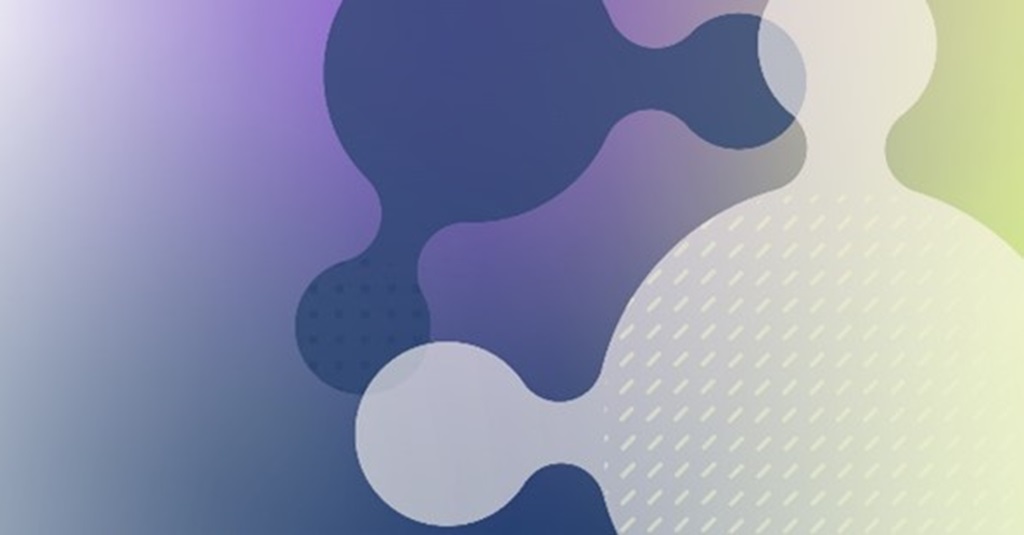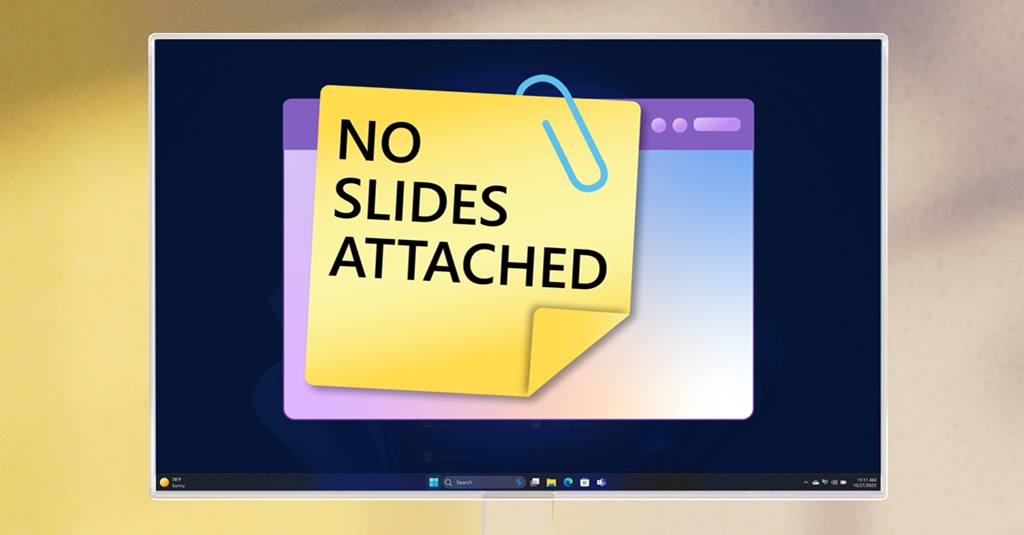Check out these top stories for the latest news of the week for Microsoft partners in the Americas.
Partner Audience: #AllPartners #PartnersMakeMorePossible
Relevant to: #MicrosoftCopilot #Education #Security
AI is transforming the education industry, changing how administrators, educators, and students operate. Now, more than ever, it’s important for EVERYONE to stay informed about the opportunities and challenges presented by this innovative technology. To explore the industry landscape, I had a great conversation with educational consultant and strategist, Carl Hooker.
Harnessing AI’s potential in education
Education is undergoing a remarkable transformation thanks to the incredible power of generative AI. Across the globe, educators and students alike are embracing AI to tackle challenges that have long plagued the education system—from productivity bottlenecks to overwhelming workloads. At Microsoft, we believe this dramatic shift is an opportunity to create smarter, more efficient ways of teaching and learning. With partners by our side, we’re exploring innovative solutions that leverage AI to address these challenges head-on!
One thing is clear: AI has the potential to shape the future of education. In fact, the Microsoft 2024 Work Trend Index found that 71 percent of education professionals are already using AI, and they aren’t alone. Students are diving in too, bringing their creativity and curiosity to the table. As AI becomes an integral part of education, it’s essential that schools adopt intentional strategies and AI tools that foster the next generation of digital pioneers.
Understanding how AI tools like Microsoft 365 Copilot can enhance data security, streamline workflows, and improve accessibility for decision-makers is critical for navigating AI’s role in education. However, it’s not just about technology; it’s about empowering everyone from administrators to teachers and students to effectively use AI, and to elevate the entire educational experience.
Enhancing productivity and addressing burnout
For far too long, educators have stretched limited resources to meet growing demands. Thankfully, AI can now step in, offering a long-overdue assist. AI is a strategic enabler, helping education professionals do more with less by automating and accelerating tasks that have historically consumed time and energy. Whether modernizing student information systems, coordinating mass communication, or streamlining IT management, AI is freeing up valuable time for educators to focus on what matters most: their students.
Early results have been impressive! Take the University of Pittsburgh, for example. In partnership with eGroup, they have completely transformed how they handle administrative tasks. With a custom-built AI solution, time-consuming chores like document redaction (to remove sensitive information) now take hours instead of days. This allows administrators to dedicate more time to the human aspects of their roles—where they can truly make an impact.
Teachers, too, are benefiting. As the heart and soul of any school, educators often face overwhelming workloads, leading to burnout. A 2024 Forrester Study found that one of the biggest challenges they face is the growing volume of nonstudent-related tasks. AI is helping to lighten the load by streamlining repetitive projects and empowering teachers to build lesson plans more efficiently.
Microsoft partner Anthology is one demonstration of this technology in action. Anthology worked closely with the University of Leeds to develop the AI Design Assistant; a tailored generative AI solution powered by Microsoft Azure OpenAI Service. From assignment rubrics to course design, this platform supports educators at every turn, with 95 percent of instructors recommending it to colleagues. It’s clear that when AI is used thoughtfully, it can make a real difference in education.
Bolstering data security
Burnout isn’t the only challenge educators face—security is a growing concern as well. And for good reason: Microsoft Threat Intelligence reports that the education sector is the third-most targeted industry for cyber threats. Fortunately, AI is also becoming an invaluable ally in this ongoing battle. Microsoft AI tools, built with multi-layered security, proactively identify vulnerabilities, and automate compliance monitoring, safeguarding student data and institutional intellectual property. Newington College in Australia, for example, worked with Microsoft partner Quorum to improve its security and cloud platform, a vital collaboration that combines technological expertise with deep understanding of education systems and needs.
The responsible design of AI is critical in education. Without the right tools, teachers and students might turn to systems that aren’t built with safety in mind. That’s why it’s important for administrators to partner with trusted sources like Microsoft, ensuring that the AI solutions they adopt are secure and reliable. To foster this initiative while ensuring valuable student data remains secure (and it’s awesome when people dive into innovation), administrators should search trustworthy sources for AI. Microsoft is committed to ensuring these tools are safe and secure for users and help educational organizations uphold data security when scaling AI solutions. This allows administrators to confidently integrate AI and empower educators to do the same.
Creating a culture of skilling
As AI continues to shape the future, we have a responsibility to ensure educators and students are not only protected but also prepared to engage with this technology responsibly. That starts with creating a culture of skilling, at home and in the classroom.
One innovative approach is integrating AI into systems students already use. Microsoft partner Territorium worked with the University of Texas to create an AI-powered credential wallet that analyzes student data, helping them match their skills to career opportunities. This offers a hands-on, low-stakes way to introduce students to AI.
Another important strategy is fostering a culture of continual learning to ensure our administrators and teachers are prepared to meet this evolving digital landscape.
“With a lot of the tools from the past I’d say, ‘Let the kids figure it out; give it to them and get out of the way.’ But this [AI] is different. We must be aware of media literacy, bias, and things inherent in AI tools and platforms. Let’s make sure the adults are well-versed in it,” says Carl Hooker, an educational consultant and author of Learning Evolution: The New Era of AI in the Classroom. “Or at least enough where they can have a conversation with AI. It starts at the top with leadership.”
As a result, our education leaders will be able to increase productivity, meet ever-shifting security demands, and confidently guide students in safe, responsible ways to use AI tools in their own learning.
Is it worth the effort? Absolutely. AI offers immense benefits for education, from enhancing learning experiences to accelerating research, and improving literacy rates. It’s a tool that can truly make learning personal and accessible for every student!
It is time to act
AI is transforming every aspect of education—from administrative processes to student experience. Microsoft and its partners are proud to play a role in empowering educators and institutions to make the most of AI’s potential.
Now is the time to build a responsible adoption plan that meets your organization’s needs and culture.
- Watch my discussion with Carl Hooker, educational consultant, strategist, and author of the book Learning Evolution: The New Era of AI in the Classroom, for more insights.
- Study Microsoft Responsible AI standards.
- Dive into other Microsoft Education stories.
- Explore Microsoft resources for educators, leaders, and IT Teams.
- Get started with Microsoft Copilot resources for Education.


















